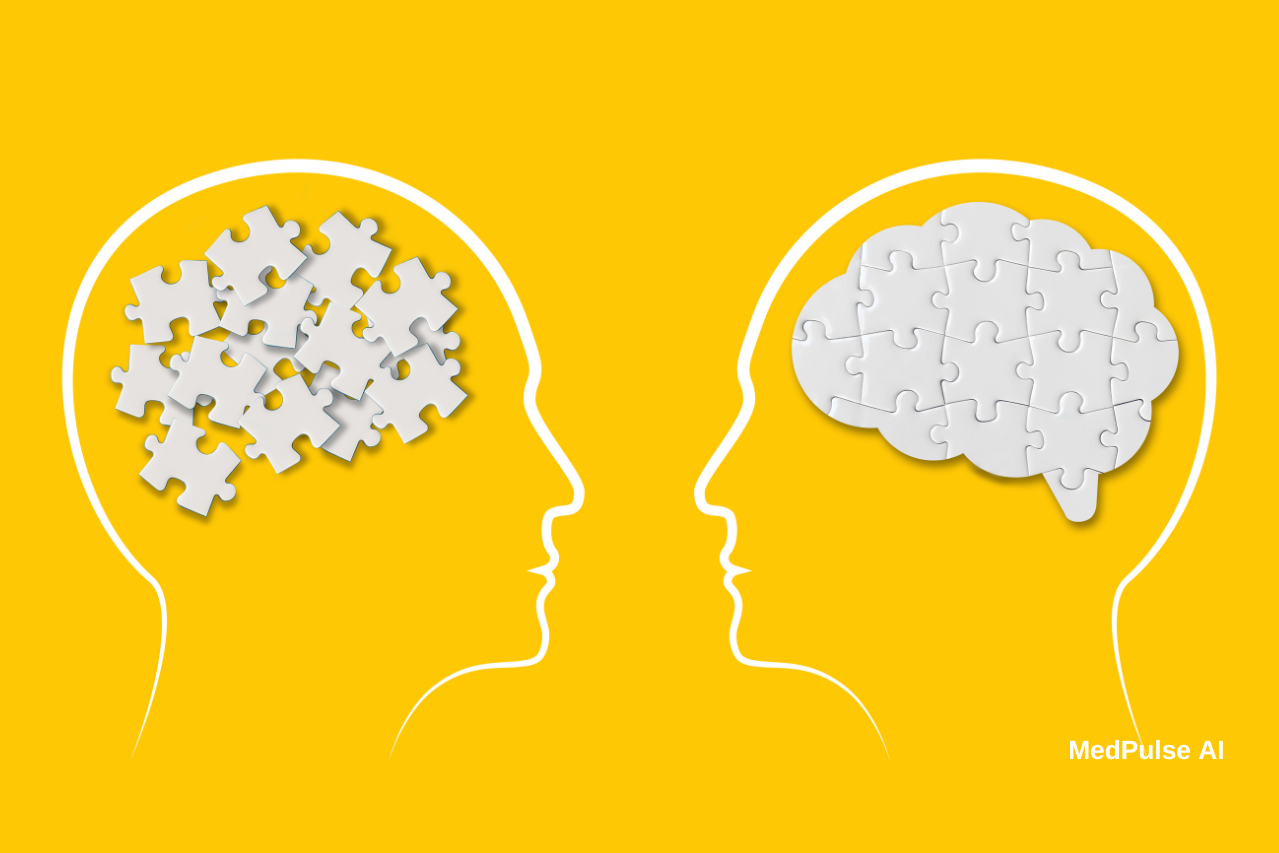Artificial intelligence’s increasing role in everyday life brings opportunities and some very real concerns. A lawsuit filed by Meghan Fletcher Garcia, mother of 14-year-old Sewell Seltzer III, against the chatbot platform Character.AI, marks a crucial moment for the tech industry and AI developers. The suit, initiated by the Social Media Victims Law Center and the Tech Justice Law Project, revolves around the tragic suicide of Sewell Setzer III, who allegedly took his own life after prolonged interactions with an AI character on Character.AI. This case, which was first reported by The New York Times, has reignited conversations surrounding the responsibilities of AI developers, especially when minors are involved.
The complaint, filed in the US District Court for the Middle District of Florida, claims that the app’s design contributed to the teen’s mental health decline, eventually leading to his tragic death. It accuses Character.AI of targeting minors and deliberately failing to implement sufficient safeguards to protect vulnerable users, despite the company’s awareness of the dangers posed by their platform.
Allegations in the Lawsuit: A Closer Look
The lawsuit paints a disturbing picture of the events leading up to the teen’s death, which coincides with Garcia’s interview on Good Morning America, where she shared changes she noticed in her son’s behavior, which over time worsened. According to the complaint, the teen expressed suicidal thoughts to one of the chatbot characters, the chatbot did not redirect the conversation to a safer topic but instead continued discussing suicide, even asking Setzer if he had a plan to carry it out.
Character.AI faces accusations of strict product liability, negligence, wrongful death, and a range of other claims. The core argument is that the app’s design, particularly its reliance on large language models (LLMs) to simulate human-like conversations, exacerbated the situation. The complaint also highlights the anthropomorphized nature of chatbot characters, referencing the “Eliza effect,” a phenomenon in which users attribute human-like qualities to machines, particularly conversational bots.
The Ethical and Psychological Impact of AI on Minors
A crucial aspect of the lawsuit is the platform’s alleged targeting of minors, who are more vulnerable due to their developmental stage. Adolescents, whose brains are still developing, especially the frontal lobe, may be more susceptible to the emotional manipulation that AI-driven conversations can unintentionally create. This raises significant ethical concerns about the role AI should play in interactions involving minors.
Recent studies indicate that adolescents are at heightened risk of forming unhealthy emotional bonds with AI-driven characters due to their tendency to Anthropomorphize these systems. Research from the Pew Research Center shows that nearly 50% of teens who interact with AI on social media platforms report feelings of loneliness and isolation, which may be worsened by prolonged exposure to emotionally charged or manipulative content. The anthropomorphizing design of AI chatbots can blur the line between real and artificial relationships, leaving vulnerable users like Sewell Setzer III more exposed to emotional distress.
Additionally, nearly one in five teens report being online “almost constantly,” which further raises concerns about how this near-constant engagement may affect their emotional well-being Pew Research Center. As AI-powered chatbots continue to evolve and become more integrated into platforms teens frequently use, understanding how the Eliza effect—where users project human-like qualities onto AI—can exacerbate feelings of loneliness becomes increasingly important.
The Role of AI in Mental Health: Benefits and Pitfalls
While AI has great potential to offer mental health support, this case highlights its inherent risks. Some AI platforms, including those designed to provide therapeutic support or companionship, can fail to recognize when users are in emotional crises. Character.AI, which allows users to interact with self-created or user-created AI characters, lacks the ability to offer the nuanced, empathetic care that humans, particularly mental health professionals, can provide.
In recent years, AI has been increasingly integrated into mental health interventions, such as AI-powered chatbots like Woebot, which aim to provide cognitive behavioral therapy (CBT) through automated text conversations. However, these chatbots often operate under strict guidelines, with human oversight and intervention mechanisms in place. The absence of such safeguards in Character.AI may have contributed to the tragic events in this case.
Doctors are increasingly concerned about the potential harm that AI chatbots may pose when used for mental health support. Dr. Thomas F. Heston, a clinical instructor of family medicine at the University of Washington School of Medicine, warns that while AI has great potential in healthcare, it can easily “get out of control,” especially when chatbots provide mental health advice without proper oversight. Heston’s research highlights that many chatbots fail to recommend human intervention during critical moments, such as when users express thoughts of severe depression or self-harm, which raises safety concerns for vulnerable individuals who may rely on these tools for support.
Similarly, Dr. Wade Reiner, a clinical assistant professor in psychiatry, emphasizes that while AI chatbots can help teach basic skills like cognitive behavioral therapy (CBT), they are not equipped to assess complex human emotions. He cautions that current AI systems lack the ability to perform in-depth analyses of a patient’s mental state, such as interpreting body language or the flow of thoughts, which are critical in mental health assessments.
These warnings highlight the need for human oversight and caution when using AI chatbots for mental health support, especially given their limitations in handling crises effectively. While AI may expand access to mental health resources, it is essential that users are aware of its boundaries and are directed to professional help when needed UW Medicine | Newsroom – Harvard Business School.
Legal Grounds: Strict Liability and Negligence
The lawsuit against Character.AI builds on several key legal claims, including strict product liability, negligence, and deceptive practices. The plaintiffs argue that the app’s design was inherently dangerous and that Character.AI failed to warn users of the potential risks involved, especially for minors.
- Strict Product Liability: The lawsuit contends that the app’s design was defective, relying on AI models that are difficult to control and that may produce harmful outputs. The use of the Eliza effect and the reliance on data sets known to contain inappropriate material further exacerbates this claim. The plaintiffs also argue that Character.AI knowingly allowed its chatbots to simulate human interactions without sufficient warnings, a critical factor in the teen’s tragic death.
- Negligence: Character.AI is accused of negligence for failing to protect vulnerable users from the dangers posed by its app. The lawsuit claims that the company knew or should have known that minors, who are particularly susceptible to emotional manipulation, would use the app, and that it should have implemented stronger safeguards to prevent harm.
- Deceptive and Unfair Trade Practices: The plaintiffs also allege that Character.AI engaged in deceptive practices by promoting its chatbot characters as human-like entities capable of offering real emotional support, despite knowing that they lacked the ability to properly handle complex emotional situations.
Broader Implications for the Tech Industry
This case could set a significant precedent for AI developers and the tech industry as a whole. The outcome may lead to increased regulation and oversight of AI platforms, particularly those that allow users to interact with AI characters in personal or emotional contexts. If the court rules in favor of the plaintiffs, we may see stricter guidelines for how AI is used in sensitive areas like mental health support and youth engagement.
In addition to legal outcomes, this case highlights the need for ethical AI design. Tech companies must prioritize user safety and well-being, especially when their platforms are used by vulnerable populations like minors. This includes implementing age-appropriate features, creating transparent guidelines for users, and providing clear warnings about the limitations of AI-driven conversations.
What Can Be Done Moving Forward?
The lawsuit against Character.AI underscores the importance of responsible AI development. There are several steps that AI developers, regulators, and users can take to prevent future tragedies:
- Age-Gating and Parental Controls: Platforms like Character.AI should implement stricter age-verification measures and provide parental controls to protect minors from inappropriate content or interactions.
- Human Oversight: AI platforms should incorporate human moderators to monitor conversations for signs of distress and intervene when necessary. This would ensure that vulnerable users are not left alone in emotionally charged situations.
- Enhanced Safeguards: Developers must implement stronger safeguards, such as flagging sensitive topics (like discussions of suicide or self-harm) and redirecting users to professional mental health resources.
- Transparent Communication: Companies should clearly communicate the limitations of AI-driven interactions to users, making it clear that chatbots are not substitutes for human support, especially in crisis situations.
The lawsuit against Character.AI serves as a stark reminder of the potential dangers that come with the rapid advancement of AI technologies. As AI continues to play a larger role in our lives, particularly in areas like mental health, developers must ensure that their products are safe, transparent, and designed with user well-being in mind. This case will likely have far-reaching implications for the tech industry, potentially reshaping how AI platforms are regulated and how companies approach the ethical use of AI in sensitive contexts.




